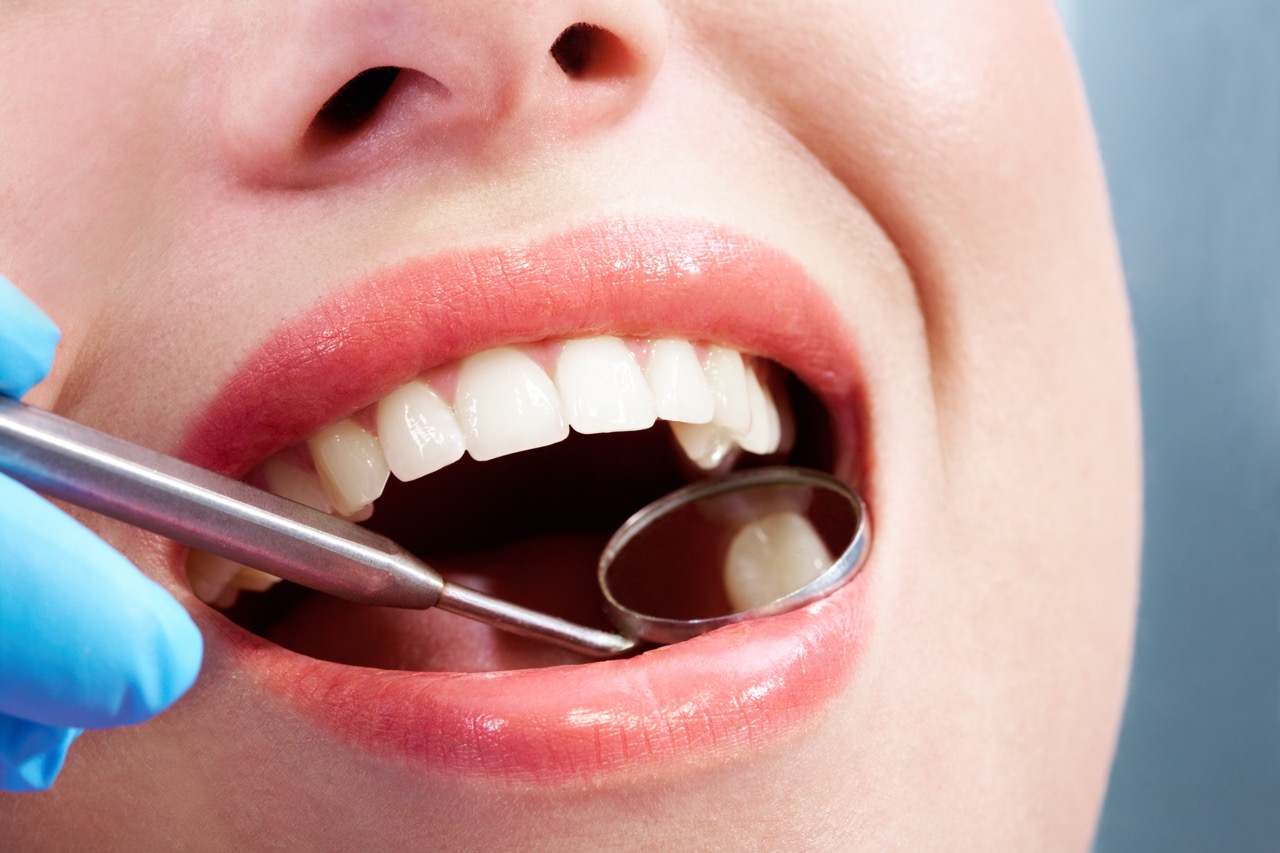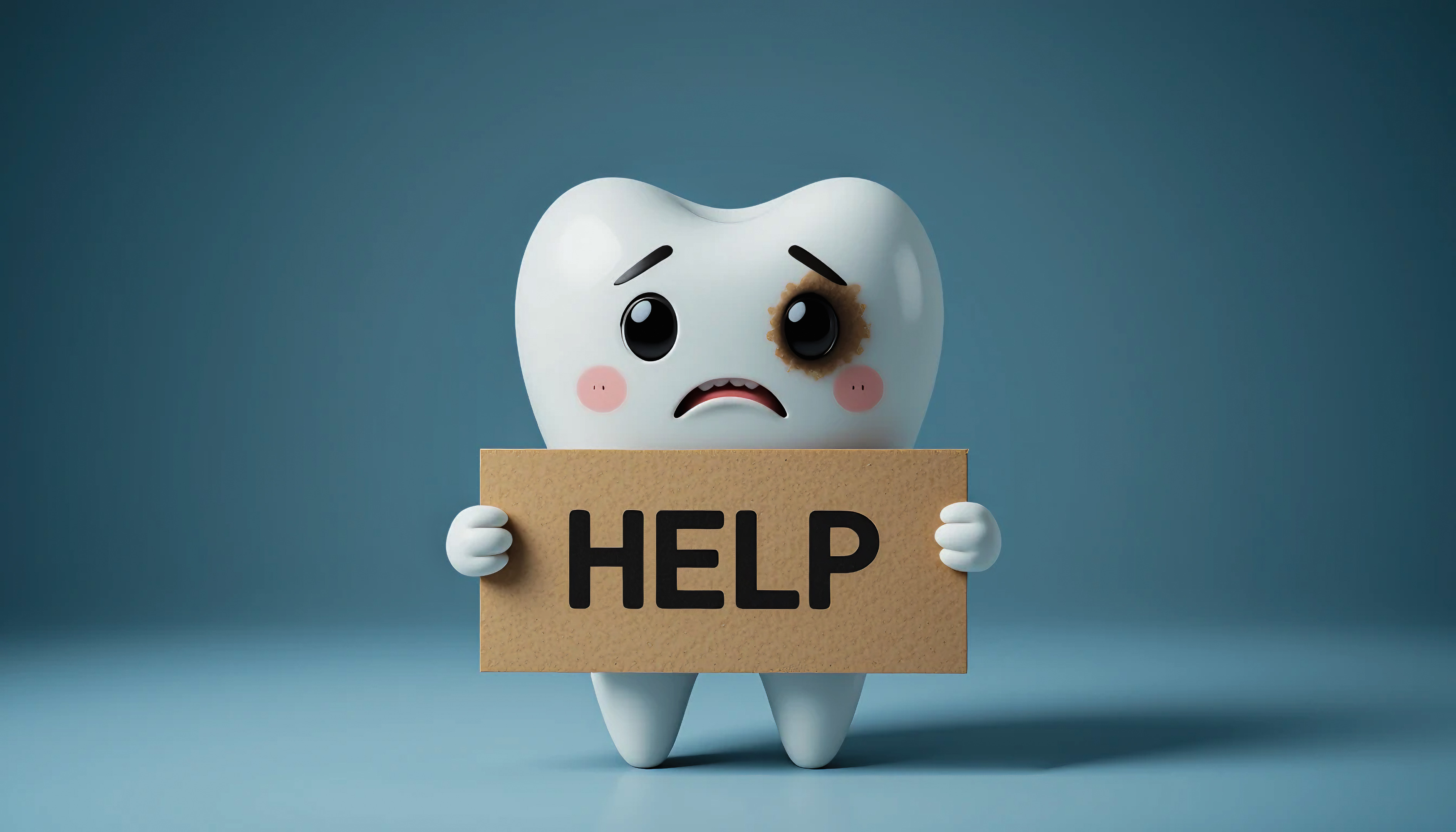Mastering Proper Flossing Technique for a Healthier Smile
Most people brush their teeth regularly but skip flossing or do it incorrectly. Learning proper flossing technique protects teeth and gums from decay and disease effectively. Many common flossing mistakes prevent people from getting the full benefits of this essential habit.
Plaque removal tips include using the right motion, angle, and pressure when cleaning between teeth. A consistent daily flossing routine removes food particles and bacteria that brushing alone cannot reach. Kiefer Family Dental promotes strong daily habits that support lifelong oral health and beautiful smiles. Understanding proper flossing technique helps you maximize the benefits of this simple yet powerful preventive measure.
Why Flossing Matters for Your Oral Health
Flossing removes plaque and food particles from spaces between teeth where toothbrush bristles cannot reach effectively. This prevents cavity-causing bacteria from feeding on trapped food and producing harmful acids. Additionally, proper flossing technique protects gums from inflammation that leads to periodontal disease.
The importance of flossing becomes clear when you understand that plaque buildup can harden into tartar within 24 hours. Once tartar forms, only professional cleaning can remove it completely. Daily flossing prevents this progression and maintains healthy gum tissue.
Gum health tips include flossing at least once daily to prevent gum disease development. Regular flossing reduces bleeding, swelling, and infection risks significantly over time. Therefore, Kiefer Family Dental emphasizes preventive care that includes consistent home flossing habits.
Step by Step: How to Floss Properly Every Day
Following correct flossing steps ensures thorough cleaning without damaging delicate gum tissue. Proper flossing technique requires patience and gentle movements rather than aggressive scrubbing. The correct way to floss becomes natural with regular practice and attention to detail. Using about 18 inches of floss provides clean sections as you move from tooth to tooth. Your daily flossing routine should include these essential steps:
- Pull 18 inches of floss from the container
- Wrap most of the floss around your middle fingers
- Slide gently between teeth using a rubbing motion
- Curve into a C-shape around each tooth at the gum line
- Clean both sides of every tooth with up and down motions
- Move to a fresh section of floss for each tooth
Proper flossing technique takes only a few minutes once you develop consistent habits and efficient movements.
Common Flossing Mistakes You Should Avoid
Many people snap floss forcefully into their gums, which can cut or bruise delicate tissue. This flossing mistake causes unnecessary pain and bleeding that discourages regular flossing habits. Flossing errors to avoid include rushing through the process without cleaning all tooth surfaces thoroughly.
Skipping back molars represents another common mistake that leaves decay-prone areas unprotected. These teeth collect food particles easily but remain difficult to reach without proper technique. Additionally, using frayed or worn floss reduces cleaning effectiveness significantly.
Flossing too aggressively damages gum tissue and causes recession over time without improving cleaning results. How to floss safely involves using gentle pressure and controlled movements throughout your mouth. Furthermore, flossing too quickly means missing plaque deposits hiding between teeth and below gum lines. Using proper flossing technique prevents these mistakes while maximizing oral health benefits from this essential daily habit.
The Best Types of Floss for Your Teeth
Different floss types work better for specific dental situations and personal preferences. Waxed floss slides easily between tight tooth contacts and resists shredding around rough fillings. Unwaxed floss is thinner and may work better for closely spaced teeth. Dental tape offers wider, flatter surfaces ideal for people with larger spaces between teeth. Floss picks provide convenient, single-use options for quick cleaning when traditional floss feels awkward. Water flossers use pressurized streams to rinse away debris effectively.
Best dental floss choices depend on your specific oral health needs and manual dexterity levels. Floss picks vs floss debates often come down to personal preference and consistent usage. Moreover, choosing floss type matters less than using it correctly every single day. Proper flossing technique works with any type of floss when movements remain gentle and thorough.
Should You Use a Water Flosser? Pros and Cons
Water flossers benefit people with braces, bridges, or limited hand dexterity significantly. These devices rinse away food particles and reduce plaque buildup between teeth effectively. Water flosser benefits include easier cleaning around orthodontic hardware and dental appliances.
However, water flossers should support rather than completely replace traditional string floss. Waterpik for gums provides gentle massage and improves circulation while cleaning interdental spaces. Additionally, flossing alternatives like water flossers work well for patients with arthritis or coordination challenges.
Proper flossing technique using water devices requires aiming the stream at the gum line systematically. Traditional floss still provides superior plaque removal from tooth surfaces compared to water alone.
How Often Should You Floss for Best Results?
Dentists recommend flossing at least once daily, ideally at night before bed. Nighttime flossing removes accumulated food particles and bacteria before sleep when saliva production decreases. Consistency in your daily oral hygiene routine produces better results than occasional thorough flossing sessions.
Studies show that adults who floss daily have lower rates of periodontal disease, cavities, and tooth loss. Proper flossing technique combined with regular practice prevents gum inflammation and decay between teeth effectively. Therefore, making flossing a non-negotiable habit protects your oral health long-term.
Some people benefit from flossing twice daily, especially after meals that leave significant food debris. However, once daily with proper technique provides adequate protection for most individuals consistently.
How Proper Flossing Supports Your Dental Checkups
Clean, healthy gums make professional dental cleanings easier, faster, and more comfortable for patients. Proper flossing technique reduces bleeding and inflammation during hygienist appointments significantly. Additionally, well-maintained gums allow dentists to spot early signs of problems before they require extensive treatment.
Preventive dental care includes both home flossing habits and professional monitoring at regular intervals. Healthy gums create better foundations for cosmetic treatments like veneers, whitening, and bonding procedures. Furthermore, proper flossing technique helps maintain results from dental work by preventing decay around restorations.
Kiefer Family Dental checkups become more productive when patients maintain excellent flossing habits at home. Your dental team can identify areas needing extra attention during your daily routine.
When to Visit Your Dentist About Gum Problems
Bleeding gums during normal flossing may indicate gingivitis or other gum disease symptoms requiring professional attention. However, if bleeding persists after one week of consistent proper flossing, schedule a dental evaluation. Persistent soreness, swelling, or tenderness signals inflammation needing professional treatment.
Bad breath that doesn’t improve with brushing and flossing may indicate deeper gum infections. Visible plaque buildup or tartar accumulation requires professional removal to prevent disease progression. Additionally, gum recession exposing tooth roots needs evaluation to prevent sensitivity and decay.
Proper flossing technique prevents many common gum problems but cannot reverse advanced periodontal disease alone. Early professional intervention saves teeth and reduces treatment costs significantly over time.
How Kiefer Family Dental Helps You Maintain Healthy Gums
Professional cleanings remove hardened tartar that proper flossing technique cannot eliminate at home. Our dental exams detect early signs of gum disease before symptoms become painful or obvious. Preventive dentistry services at our Evansville dentist office include personalized oral hygiene instruction and guidance.
We provide gentle care that makes dental visits comfortable while addressing your specific oral health needs. Long-term oral health support includes regular monitoring, professional cleanings, and education about proper techniques. Additionally, our Vincennes dentist team helps patients develop sustainable daily habits for lifelong gum health. Proper flossing technique works best when combined with professional preventive services every six months consistently.
Schedule Your Preventive Visit at Kiefer Family Dental
Discover how proper flossing technique combined with professional care protects your smile for life. Our experienced team provides flossing support and personalized guidance to improve gum health effectively. Book your appointment today for comprehensive preventive dentistry services.
Contact Information
- 3323 Mariner Dr, Evansville, IN 47711
- (812) 424-9506
- kelsey.kiefer@kieferfamilydental.com
Let us help you develop excellent oral hygiene habits that keep your teeth and gums healthy.



